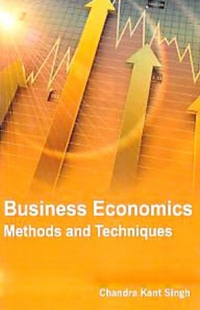Question
Suppose that a customer is searching for a textbook across many bookstores. The customer's willingness to pay for the textbook is $100. The prices are
Suppose that a customer is searching for a textbook across many bookstores. The customer's willingness to pay for the textbook is $100. The prices are independently and uniformly distributed between $40 and $80. It costs the customer 10 minutes to go from shop n to shop n+1 in order to find out the price at shop n+1, and her wage rate is $12 per hour. She can, however, go back to all her previously visited shops at no cost since she keeps a record of all her visits. Assume that the search cost is her opportunity cost. There is no discounting ( = 1).
What is the customer's search cost per visit?
Suppose that there are only two shops. Suppose that the consumer visited the first shop and
that she found the price to be $70. What is the increase of her expected payoff of visiting one
more shop, net of her search cost?
Suppose again that there are only two shops. Draw a graph such that x-axis is the price at the
first shop (between $40 and $80), and y-axis is the increase of the customer's expected payoff
of visiting one more shop, net of her search cost.
Suppose again that there are only two shops. What price makes the consumer just indifferent
between immediately purchasing at the first shop and visiting the second shop?
Suppose now that there are shops 1, 2, 3, 4, 5, ... ad infinitum. Suppose you are in charge of pricing at shop 1. All your competitors' prices are still independently and uniformly distributed
between $40 and $80. What is your optimal price?
Step by Step Solution
There are 3 Steps involved in it
Step: 1

Get Instant Access to Expert-Tailored Solutions
See step-by-step solutions with expert insights and AI powered tools for academic success
Step: 2

Step: 3

Ace Your Homework with AI
Get the answers you need in no time with our AI-driven, step-by-step assistance
Get Started


